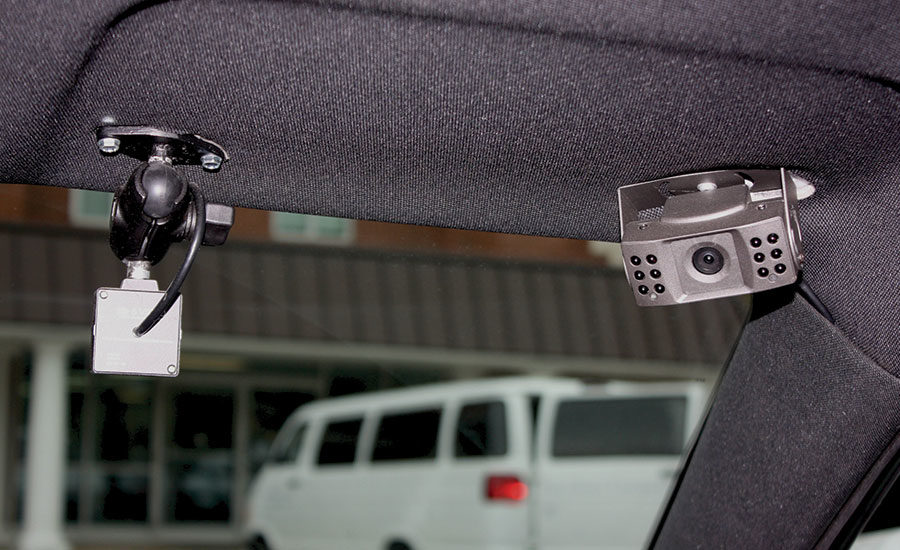Police have benefited from in-car video and surveillance for decades, but private security departments rarely utilize this asset. Here’s why: Since most security departments do not perform vehicle stops, in-car video systems are not believed to be of value. Also, cost is a deterrent. Top-of-the line video systems can cost $5,000 or more. And without grant money, that’s out of reach for most university police departments.
But one mid-sized university department has a proven, cost-effective solution. High Point University in High Point, NC, has been using valued-engineered, in-car video systems for five years, and the investment has proven results.
First, we tested several “economy” all-in-one units and settled on a Zetronix zBlackBox-2000HD. It offered many features, including GPS, and at a $200ish price point it appeared to be a good, entry-level solution. However, it became apparent it was not durable/reliable enough, plus it could easily be tampered with, so another system was in order.
We then selected a three-part, 10-8 Video system. At less than $2,000, it offered all the features that our security department needed.
Value Discussion
The value of in-car, two-camera systems in a private university security operation has proven valuable in several ways. Inside the passenger compartment, video and audio recording is “advertised” to promote the system to both officers and to students. For example, seatbelt compliance has increased and incidences of non-compliance like smoking or unsafe driving have decreased. Student unruliness has decreased in university vehicles since the recordings have been used during the adjudication process for decorum violations.
Moreover, the system pays dividends when investigating unreported vehicle damage (which is rare now), investigation of collisions, complaints of unsafe driving and providing evidence of student moving violations. In crashes involving university-owned vehicles, the actions of the operators and vehicles involved are usually readily apparent from the recordings, thus reducing unknown actions, and ultimately the cost of negotiating the liability of the insured vehicles crashes. Complaints of unsafe driving by officers are usually easily corroborated or exonerated by the recordings. Our university fleet insurance premiums were also reduced once the systems were on board.
GPS system software included in many video recorders is useful in showing the speed of a vehicle at a given location, at a given time, along with the video images. Evidence of other operators violations are also obtained by in-car video systems. Impaired driving, speeding and safe movement violations are some of the violations recorded and preserved for external courts or internal adjudication.
A not so readily apparent use of in-car video recording systems is the use of recordings for training. When video and audio recording of the original violation, the officer’s words during a traffic stop and an external transmitter mic system (if equipped), the officer’s exchange with the violator can be used in the initial training of new officers. One-on-one training by viewing recordings of performance with an officer by a supervisor can be done if performance improvement is the goal, and experienced officers can benefit from recordings that illustrate good officer safety practices and positive procedural methods.
One area of a video/audio recording program that must be considered is software configuration, in addition to maintenance of the DVRs and cameras after installation. The software must be configured to meet the department’s individual needs. Default settings from the vendor may not record how and when the department needs them to record. A technician from the vendor, or an in-house technician, trained by the vendor, would need to create the original software configuration using the default settings, and then duplicate it in each vehicle. Also, the units must be checked regularly by a trained technician to ensure that the cameras and DVRs are working as configured.
Summary
Low-cost, in-car video recording systems, when integrated with, or paired with body worn cameras, can provide a near-seamless record of an incident. The security use has proved so effective that in-car video has added to our entire transportation fleet. Documentation of employee and student compliance of university policies, evidence gathering of violations and training are areas of value to be considered when contemplating purchasing an in-vehicle video system. In addition, vendor support before and after the purchase, is a key factor that should be considered.







